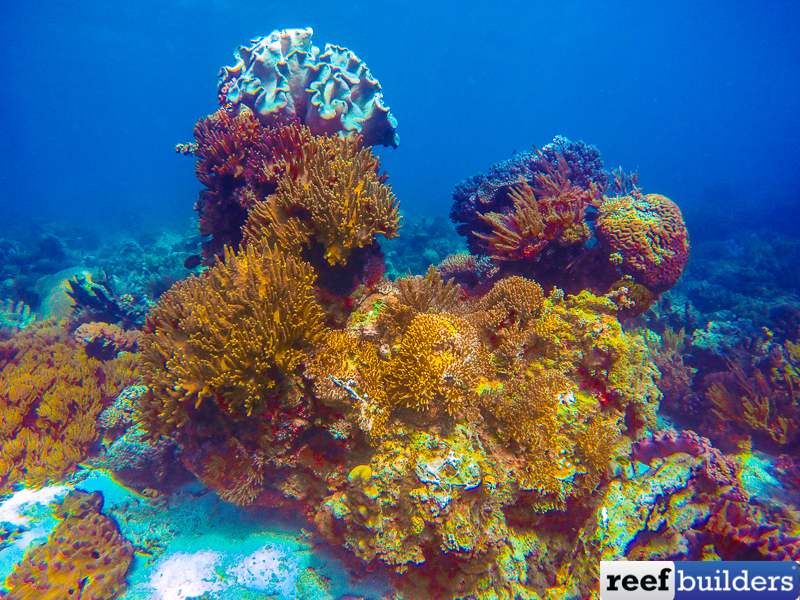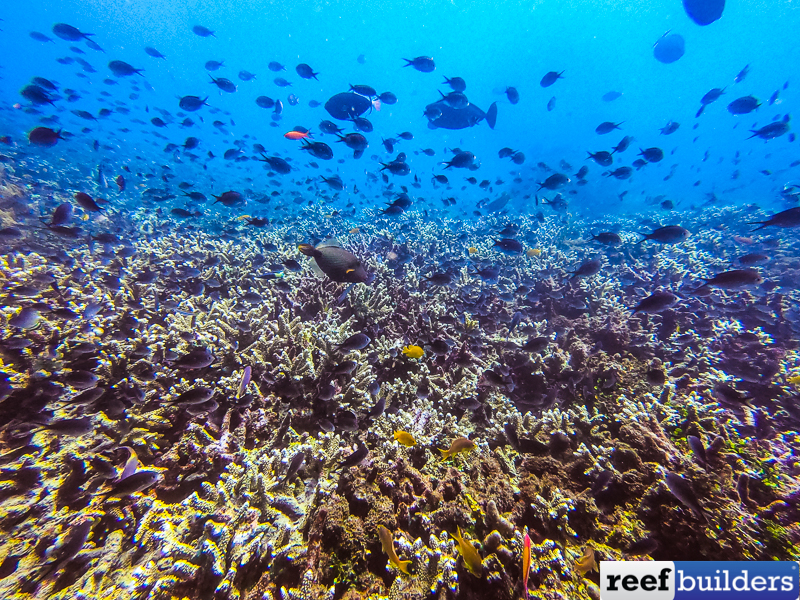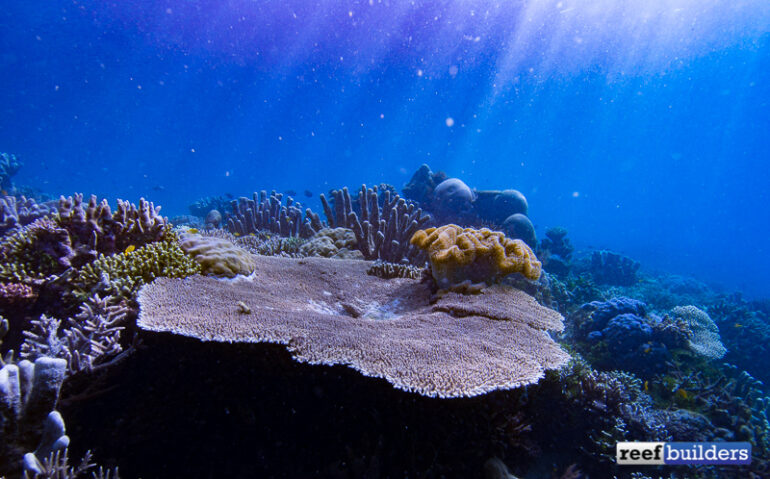A new publication in Nature brings a very interesting insight into the current evolution of coral reefs. In this new publication, scientists describe teturning to a location on the Great Barrier Reef, where, 91 years earlier, the pioneering GBR expedition (1928-29) occurred. This expedition was organized by the Royal Society of London with members of the GBR expedition (GBRE) living on Low Isles (LI), an inshore coral island (off Port-Douglas, Queensland) for over a year. During this time, the GBRE documented the environmental conditions surrounding the coral reefs of the LI as well as the community structure of tidal and subtidal communities, the latter using a diving helmet!

This pioneering study was the first in a series of highly focused expeditions to the Low Islands which explored its geology, prehistory and ecology. Another innovation associated with the legacy of the 1928 expedition was an accurate, aerial photography-based mapping of the island.
Using the 1928 expedition’s highly accurate mapping of the reef, modern researchers were able to revisit and sample precisely the same intertidal locations explored by the GBRE and a follow-up study in 1954: repeat three permanent traverses 76, 87 and 91 years later, and thereby form the longest ecological survey of coral reefs to date.

These data sets enabled them to extract a high-precision account of the ecological changes to intertidal and subtidal coral reef habitats over this long time. This study reveals a long-term systematic decline in coral and invertebrate richness at the Low Island reef since 1928 and a phase-shift to a low complexity coral community. Richness and diversity of these communities systematically declined for corals and other invertebrates.

The ratio of massive to branching corals was much greater in 2019 than in 1928, as was the ratio of soft to hard corals. Coral colony size has also changed considerably from 1928; the size range of Acroporid corals is 30% smaller in 2004–2019 than the size range in 1928–29 and similarly, the diameter of massive corals was 15% lower.
Branching corals are more sensitives to all the stressing factors on the reef: Cyclones, Crown of Thorn Starfish, Bleaching… thus disappearing first, and not being able to come back. Understanding succession of a coral community, from disturbance, to a climax phase and whether the community has reached its pre-disturbance state is of great importance.

Acropora sp branching habitat shelters a lot more reef fish species than massive Porites species. In numerous location, where the coral cover is still high, but Acropora sp branching corals have been replaced by massive Porites sp, fish communities greatly diminished. So this shift of coral species, has a tremendous effect on all the ecology of the reef.

A very interesting study, showing the process and difficulty of reefs to recover from stress events. Understanding these shifts and changes is very important regarding reef restoration, and how we can actually help a reef community to recover faster, not to mention what to restore them to. [Nature]



